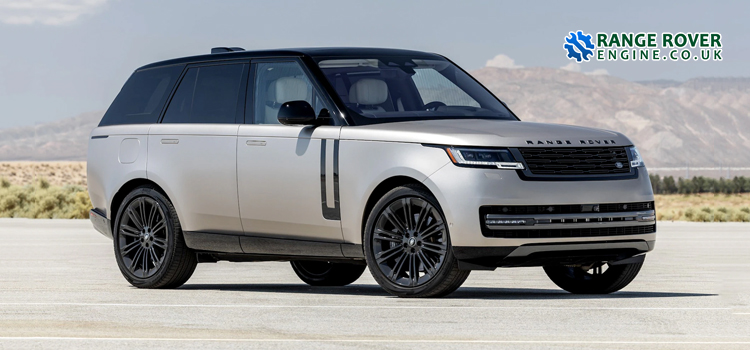How Does The Range Rover 2.0 Engine Balance The Demands Of Luxury And Performance With Efficiency?

Introduction
Luxury and performance have long been the defining characteristics of Range Rover vehicles. With the introduction of the 2.0 engine, Land Rover has taken a significant step forward in balancing these attributes with efficiency. We delves into the innovative engineering behind the Range Rover 2.0 Engine and how it manages to harmonize luxury, performance, and fuel efficiency seamlessly.
The Evolution of Range Rover Engines
To understand the significance of the Range Rover 2.0 engine, it’s essential to trace the evolution of engines in Range Rover vehicles. From the early days of robust V8 engines to the modern era of turbocharged powerplants, each iteration has aimed to elevate the driving experience while keeping pace with advancements in efficiency.
The Birth of the Range Rover 2.0 Engine
The Range Rover 2.0 engines marks a pivotal moment in Land Rover’s engineering journey. Born out of a commitment to sustainability and performance, this engine represents a leap forward in technology and innovation. But how does it strike a balance between luxury, performance, and efficiency?
Turbocharging: Enhancing Performance without Compromise
One of the key features of the Land Rover Engine is turbocharging. By forcing more air into the combustion chamber, turbocharging significantly increases power output without sacrificing fuel efficiency. This technology allows Range Rover to deliver exhilarating performance while maintaining environmental responsibility.
Lightweight Construction: Efficiency through Design
In the pursuit of efficiency, every component of the Range Rover 2.0 engine has been meticulously crafted for optimal performance. Lightweight materials, such as aluminum and carbon fiber, reduce overall weight and improve fuel economy without compromising durability or luxury.
Hybrid Technology: Power and Efficiency Combined
To further enhance efficiency, some models of the RangeRover 2.0 engine incorporate hybrid technology. By seamlessly integrating electric power with traditional combustion engines, these hybrids deliver impressive performance while reducing emissions and fuel consumption—a true testament to Range Rover’s commitment to sustainability.
Advanced Electronics: Precision Control for Maximum Efficiency
Modern engines rely heavily on sophisticated electronic systems to optimize performance and efficiency. The Range Rover 2.0 engine is no exception, boasting advanced engine management software that continuously monitors and adjusts various parameters to ensure optimal operation in all driving conditions.
Aerodynamics: Streamlining Performance
Efficiency is not just about what happens under the hood—it’s also about how the vehicle interacts with the air around it. Range Rover engineers have paid meticulous attention to aerodynamics, designing sleek, streamlined exteriors that reduce drag and improve fuel efficiency without compromising the iconic silhouette of the vehicle.
Adaptive Systems: Tailored Driving Experience
In the quest for the perfect balance between luxury, performance, and efficiency, Range Rover employs adaptive systems that tailor the driving experience to individual preferences and road conditions. From adjustable suspension systems to customizable drive modes, these features ensure that every journey is as comfortable, exhilarating, and efficient as possible.
Conclusion
The Range Rover 2.0 engine represents the culmination of Land Rover’s relentless pursuit of automotive excellence. By marrying luxury, performance, and efficiency in a single powerplant, Range Rover has set a new standard for the automotive industry. As the world transitions towards a more sustainable future, the Range Rover 2.0 engine serves as a shining example of how innovation and engineering can work hand in hand to create a brighter, more efficient tomorrow.

